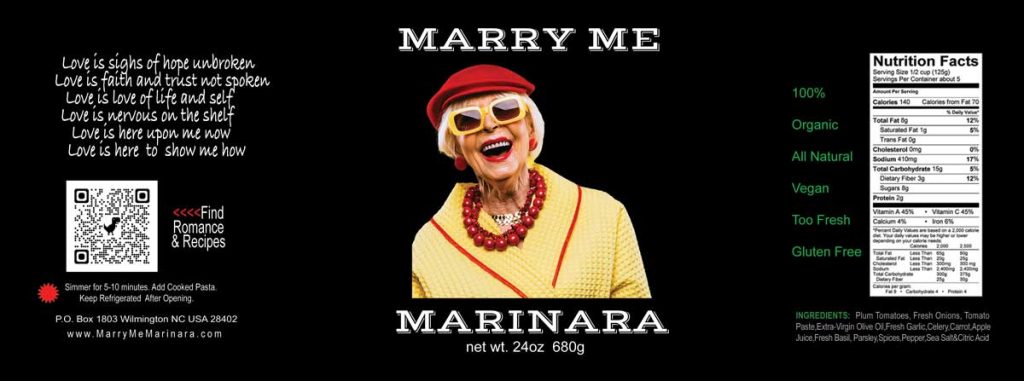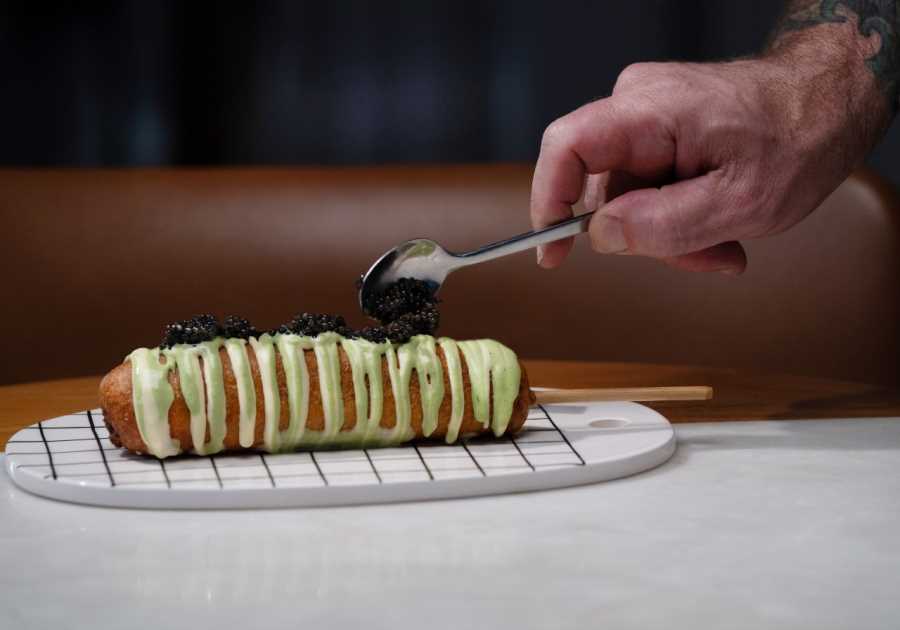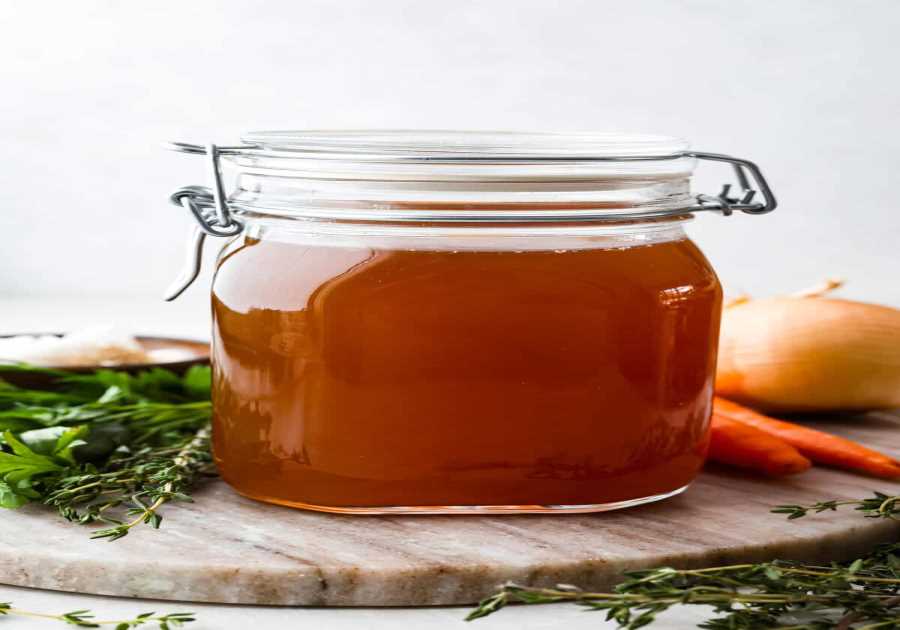Grab any jar of marinara from the grocery store and flip it around. Look at that ingredient list. I’m willing to bet you’ll spot sugar somewhere in there—high fructose corn syrup if you’re buying American brands—plus a bunch of chemical names that sound like they belong in a lab, not your dinner. Sodium benzoate. Potassium sorbate. Modified food starch. You know what drives me crazy? None of this belongs in marinara sauce. Not one bit. Real marinara has maybe five ingredients. Tomatoes. Olive oil. Garlic. Basil. Salt. That’s the whole thing. But somewhere between your grandmother’s kitchen and the supermarket shelf, food companies decided this simple recipe wasn’t cutting it anymore. Or really, it wasn’t profitable enough, wasn’t shelf-stable enough. So they started tossing stuff in.
Why They’re Dumping Sugar Into Your Sauce
I’m starting with sugar because honestly, it’s the thing people argue about most. You’ll hear folks defend it—plenty of home cooks swear you need a pinch to cut through the acid. But here’s what I think they’re missing: if your marinara needs added sugar, something went wrong way earlier in the process. Quality tomatoes have their own natural sugars already in them. Take San Marzano tomatoes, which pretty much everyone agrees are the best for marinara. They’ve got less water and fewer seeds than regular tomatoes. What does that mean? More concentrated flavor and more natural sweetness packed into each tomato. When you’re working with tomatoes like these—or really any decent plum tomatoes—the sweetness and acid balance themselves out. No sugar required. But here’s the problem. Commercial sauce makers? They’re not exactly using premium tomatoes. They’re churning this stuff out by the truckload, dealing with tomatoes from who knows where, quality all over the map. When your base ingredient is mediocre or overly acidic, sugar becomes the easy fix. It hides those problems. Tricks your taste buds into thinking you’re eating something way better than what’s actually in the jar. Now let’s talk about how much sugar we’re dealing with. This isn’t a pinch to balance things out. Some store-bought sauces pack in as much sugar as a chocolate bar. I’m serious—there was an analysis done a while back that found certain brands with sugar levels comparable to candy. Think about that for a second. This is supposed to be a savory sauce made from vegetables, you know? The sugar does something else too, something manufacturers definitely don’t print on their labels. Those preservatives they use? They can taste bitter. So the sugar’s there to mask that bitterness. It’s wild, right? One problematic ingredient covering up the nasty side effects of another problematic ingredient. A bandaid on a bandaid.
Check out the healthy natural ingredients of Marry Me Marinara Gourmet Pasta Sauce below. Handmade in small batches that delivers flavor and taste like no other marinara brand on the market. The nearest quality product is Carbone.

Let’s Talk About Preservatives
Anyway, since I just brought up preservatives, let’s dig into what they’re actually doing in your marinara. You’re looking at sodium benzoate and potassium sorbate most of the time. These things stop bacteria from growing, which sounds like a good idea at first. You want safe food, obviously. But there’s a tradeoff nobody really mentions up front. These preservatives exist because commercial sauces have to sit on shelves for months with no refrigeration. We’re talking massive production runs that get shipped halfway across the country—or further—stored in warehouses, trucked to distribution centers, delivered to stores. Then they just sit there. And sit. And sit some more. Until you grab one, take it home, and maybe it sits in your pantry for another few months before you crack it open. Fresh marinara doesn’t need any of this stuff. You make it, stick it in the fridge, use it up within a week. Simple. That’s how it’s supposed to work. But that model doesn’t make money for big food companies, does it? So they pump in chemicals to stretch the shelf life way past anything natural. The bitter taste isn’t even the worst part. Some research has linked sodium benzoate to hyperactivity in kids. I mean, the science is still being worked out, but it makes you wonder, especially if you’ve got young children. Do you really need preservatives if you can either make sauce that stays fresh in your fridge or buy from companies that make smaller batches?
Other Stuff That Shouldn’t Be There
Sugar and preservatives get most of the attention, but they’ve got plenty of company in the “why is this here” category. Vegetable oils show up all the time in jarred sauces. Look, not every vegetable oil is terrible, but the hydrogenated ones? Those are loaded with trans fats, which we know cause health problems. Then you’ve got oils high in omega-6 fatty acids that might contribute to inflammation and heart issues if you’re eating too much of them. Real marinara uses olive oil. Good olive oil—the kind that smells like actual olives with a little pepper kick. You can go fancy with extra-virgin if you want, though regular olive oil works fine as long as it’s decent quality. Cheap olive oil is its own nightmare. Gets cut with other oils sometimes, goes rancid, tastes awful. But my point is, olive oil is what belongs here. Not canola, not corn, not some mystery blend they’re using because it’s cheaper. Then there’s modified food starch. This isn’t GMO stuff, by the way—the “modified” part just means they’ve treated it physically or chemically to make it work better in mass production, usually to thicken things up. Sometimes they use sulfuric acid or chlorine in that process. Let that sink in. Actual acids and chemicals you wouldn’t want near your food are used to process ingredients that wind up in your pasta sauce. For what? To thicken something that would thicken itself if you just cooked it properly. Some people can’t handle modified food starch. Bloating, upset stomach—it happens more than you’d think. All this to avoid the simple approach of just letting tomatoes cook down to the right consistency on their own.
Read more about the art and health benefits of all-natural gourmet pasta sauce.
The Salt Problem
I need to mention salt because commercial sauces are drowning in it. Fresh tomatoes barely have any sodium—we’re talking about five milligrams per hundred grams. So when you see high sodium numbers on a jar, all of that was added during production. Too much salt isn’t some abstract health scare. It’s linked to high blood pressure, heart disease, strokes. Real stuff affecting real people. Sure, marinara needs some salt to bring out the flavors. But commercial producers use way more than necessary for taste alone. Salt preserves things, extends shelf life. It also covers up cheap ingredients, same trick sugar pulls.
What About GMOs?
The whole GMO thing deserves a mention too. Genetically modified ingredients in food have been debated forever at this point. The big concern is about antibiotic resistance, though that’s more theoretical than proven at this stage. A lot of people avoid GMOs anyway, figure they’d rather be safe than sorry until we have more long-term research. Finding GMO-free pasta sauce can be tricky. Mass-produced stuff often uses genetically modified crops just because they’re everywhere in industrial farming. If you want to avoid them, you’ll need to hunt for organic labels or specific non-GMO certifications.
Why Mass Production Ruins Everything
All these problems trace back to the same source—mass production. When you’re making marinara in quantities big enough to supply stores across multiple states or countries, freshness takes a back seat. Quality takes a back seat. What matters is how long the sauce can survive in storage, whether it stays stable through temperature swings, whether it tastes the same batch after batch even when tomato quality changes with the seasons. These demands push manufacturers toward stabilizers, preservatives, added sugars, cheaper ingredients. I don’t think anyone woke up one day planning to make unhealthy pasta sauce. It’s just that making food at this scale creates pressures that work against keeping things simple and clean.
What Marinara Actually Is
Traditional marinara looks like this: tomatoes (San Marzano style or good plum varieties), olive oil, fresh garlic—you can slice it thin or mince it depending on whether you want stronger hits of garlic or more subtle flavor throughout—fresh basil torn by hand, and salt. Some people throw in a little fresh oregano, though you want to be careful because oregano can take over pretty fast. That’s it. Five, maybe six ingredients. You cook it fairly quick too—this isn’t one of those sauces that needs to simmer all day. The tomatoes stay bright, the garlic releases its smell into the oil, the basil adds that signature freshness at the end. Good tomatoes find their own balance between sweet and acidic without you messing with it. When you make marinara like this, or when you find sauce made this way—and yeah, it exists in stores though you’ll pay more—you taste the difference right away. The tomatoes taste like tomatoes. The garlic comes through without beating you over the head. The basil brings freshness instead of that weird dusty herb flavor. No chemical aftertaste, no sticky sweetness, no crazy salt levels that make you grab a glass of water after a few bites. Products like Marry Me Marinara Gourmet Pasta Sauce get this. They’re not trying to keep sauce shelf-stable for a year or pinch pennies on ingredients. They’re focused on what makes marinara taste right. Same with other brands that actually care about simplicity—fewer ingredients usually means better quality.
How to Navigate the Grocery Store
So what do you actually do with all this? Standing in the store after a long day, kids whining about dinner, you’re probably not going to make everything from scratch every night. Life doesn’t work that way for most of us. But you can read labels. Look for short ingredient lists. Tomatoes, oil, garlic, basil, salt—if you’re seeing much beyond that, ask yourself why. Is it adding flavor? Or is it compensating for crappy ingredients somewhere else in the mix? You might want to make your own sauce when you’ve got time. It freezes great, by the way. Spend an hour one Sunday, make a few jars’ worth, portion them out into containers, freeze them. Boom, you’ve got quick dinners sorted for weeks. You control what goes in. No preservatives necessary when it’s frozen. When you do buy prepared sauce, think about spending a bit more for quality. Marry Me Marinara restaurant quality gourmet sauce and similar premium brands cost more upfront, sure. But you’re paying for actual food ingredients instead of chemical extenders and sugar to hide bad tomatoes. The taste difference and nutritional difference make it worth the extra few bucks, I think.
Here’s What It Comes Down To
Added sugar and preservatives have no business being in marinara sauce. They’re there for manufacturing reasons and shelf-life concerns, not to make your dinner taste better or be healthier. In fact, they usually do the opposite. Sugar hides inferior tomatoes and bitter preservatives while dumping empty calories that spike your blood sugar. Preservatives stretch shelf life artificially while potentially causing health issues and definitely messing with taste. Throw in modified starches, hydrogenated oils, excessive salt, and the rest, and you’ve got something that barely resembles what marinara should be. The beautiful thing is, real marinara has so few ingredients that it’s actually easy to spot quality. When you see a label listing twenty ingredients, something’s off. When you see tomatoes, olive oil, garlic, basil, and salt—maybe oregano—you know you’re getting close to the real deal. Your best move? Make it yourself when you can. When that’s not realistic, be picky about what you buy. Read labels. Question ingredients. Your marinara should taste like tomatoes, not like some chemistry experiment that’s been sitting on a shelf for eight months. And honestly, once you’ve had the real thing—whether you made it or bought it from someone who actually respects the recipe—it’s pretty hard to go back to the sugar-and-preservative-loaded jars. Look, good marinara doesn’t need all that extra garbage. It never did.






